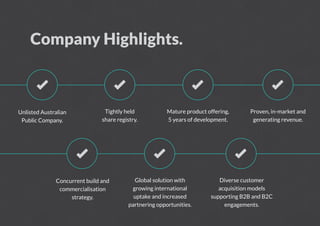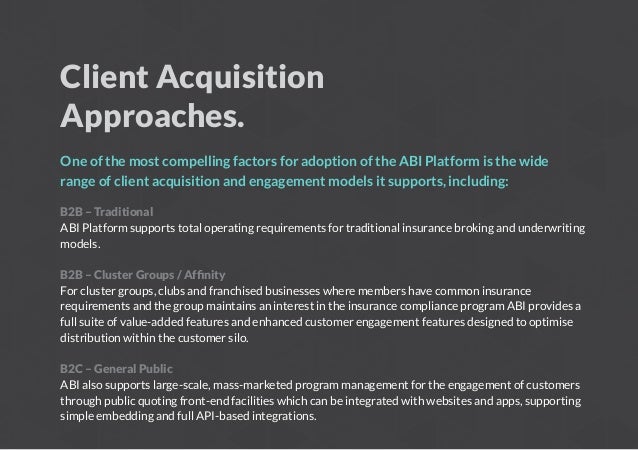

- #Abi inform definition full size#
- #Abi inform definition full#
- #Abi inform definition series#
- #Abi inform definition zip#
If you are working with mesoscale sector files, then you will have to use the provided Python function to calculate
#Abi inform definition full#
#Abi inform definition zip#
zip files that contain the latitude and longitude. To read in the latitude and longitude arrays for the ABI fixed grid from external netCDF4 (.nc) files, instead of calculating the latitude and longitude arrays on the fly from the GOES Imager Projection information in the Level 2 file.īelow are. If you are working with ABI Level 2 files for the full disk or CONUS sectors, it can be easier We provide a Python function that can be used to calculate latitude and longitude from the GOES Imager Projection information in any ABIĭownload Files Containing Latitude and Longitude for 2km Resolution Full Disk & CONUS Sectors
#Abi inform definition series#
Latitude (φ) and longitude (λ) can be calculated using a series of equations, provided in the GOES-R PUG.Ĭoordinate Frames for GOES Imager Projection (ABI Fixed Grid) Navigation For a given point P on the Earth with ABI fixed grid coordinates (y, x), the The figure below shows the coordinate frames for the latitude/longitude calculations. If you want to work with ABI Level 2 files using latitude and longitude to plot the data variables (e.g., ADP, AOD, FDC), then it is necessary to calculate latitude and longitude from the GOES Imager Projection information.
#Abi inform definition full size#
Projection ( click image to open full size version).Ĭalculating Latitude and Longitude from the GOES Imager Projection Note the distinctive “curved” view of the Earth from the geostationary satellite Radiance (L1b) data visualized using the GOES Imager Projection is shown below. What does this mean for you as an end user? It is possible to work with ABI data using the GOES Imager Projection directly an example of GOES-16 ABI CONUS sector band 2 Included as separate variables in most ABI data files, including the Level 2 files we use in our training sessions (e.g., ADP, AOD, FDC). As a result, latitude and longitude are not The GOES Imager Projection information is used instead of latitude and longitude, to save ABI data file space.

It is a map projection based on the geostationary viewing perspective of the GOES-East or GOES-West satellite. The GOES Imager Projection, also called the ABI Fixed Grid, is the projection information included in all ABI Level 1b radiance data files and most ABI Level 2ĭerived product data files.

Information on this page is adapted from the GOES-R Series Product Definition and User’s Guide (PUG), Volume 5: Level 2+ Products, Section 4.2.


 0 kommentar(er)
0 kommentar(er)
